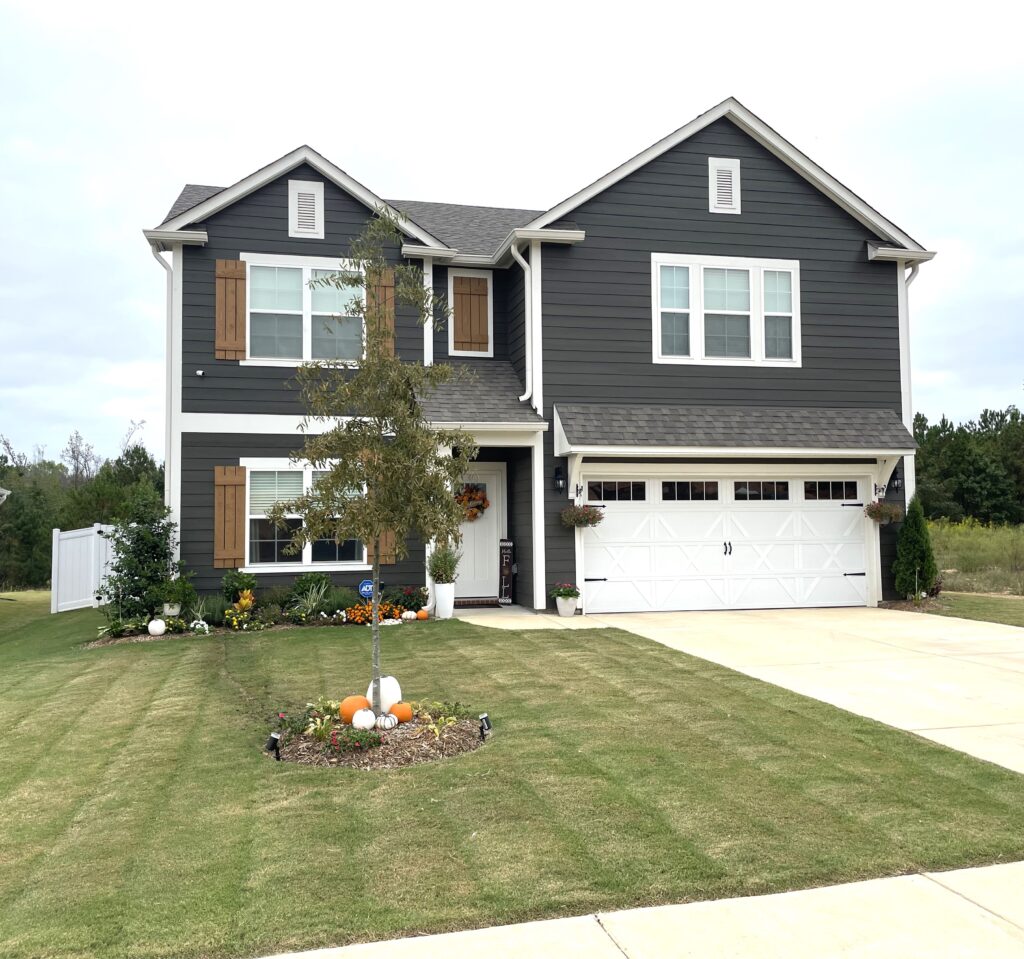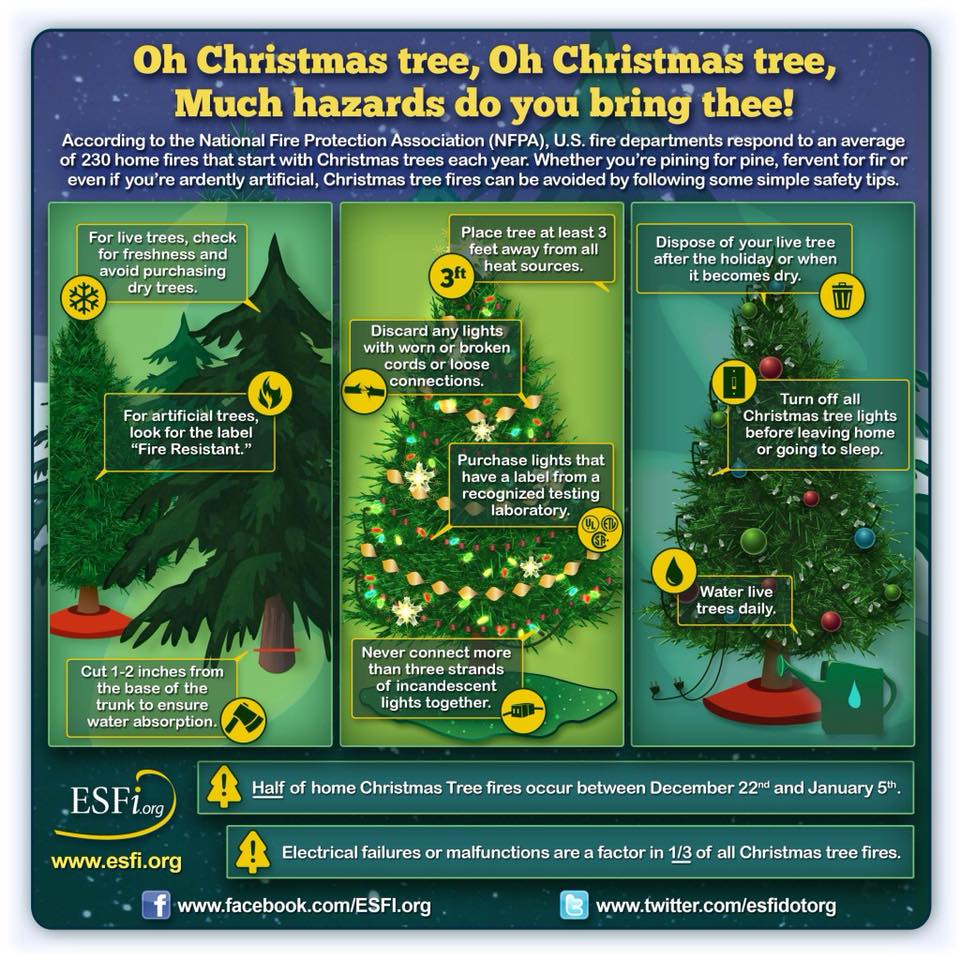Residential Winner – November
1087 Wood Duck Way

The November Beautification award winner is the home of John and Kristen Humphreys. The manicured lawn and plantings complement the crisp white fence and the home’s color palette. “We are thrilled to receive this award,” the Humphreys say.
Residential Winner – December
918 10th Street SW

The December Beautification winner is the home of Fidencio and Fabiola Medrano. The green of the lawn and the manicured boxwood bushes perfectly accent the white of the house with bright pops of color at the mailbox. “My husband works in the yard every single day,” Fabiola says.
Commercial-November and December
9149 Highway 119

The Commercial Winner for November and December is the Fast Pace Urgent Care Clinic. The property is well groomed with new plantings of Crêpe Myrtles and boxwoods. “We are excited to be able to meet the health needs of Alabaster and look forward to expanding additional services.”
Christmas Tree Safety Tips:
Christmas Tree Safety Tips
- Artificial Trees – look for trees labeled Fire Retardant
- Live Trees
- When purchasing a live tree, check for freshness
-
-
- The needles are green
- The needles are hard to pull from the branches
- The needles bend between your fingers without breaking
- The lower trunk is sticky with resin
- The tree does not lose many needles when tapped on the ground
- Watch out for trees with greenish cast on the trunks and branches.
-
-
- Setting up the tree
-
- Keep the tree outdoors for a few days in a bucket filled with water before bringing it indoors to decorate. This will maximize freshness and minimize fire risks.
- When setting up a tree, place it away from fireplaces, radiators, portable heaters, heater vents, electronics, and electrical equipment.
- Cut off about two inches of the trunk to expose fresh wood for better water absorption.
- Keep the tree stand filled with water. Heated rooms rapidly dry live trees. A tree absorbs as much as a gallon of water in the first 24 hours and about a quart of water each day thereafter.
-
- Decorating the tree
-
- Lights
- Use only indoor or outdoor lights that have been safety tested and labeled as such by an independent testing laboratory.
- Check each set of lights, new or old, for broken or cracked sockets, frayed or bare wires, or loose connections.
- Use no more than three standard-size sets of lights per single extension cord.
- Use only one extension cord per outlet.
- Do not run electrical cords under rugs. Walking traffic can weaken the insulation and cause the wires to overheat, increasing the chances of fire or electric shock.
- Lights
-
- When purchasing a live tree, check for freshness
-
-
-
- Trimmings
- Use non-combustible or flame-resistant materials.
- Choose tinsel or artificial icicles made of plastic or nonleaded metals. Leaded materials are hazardous if ingested by children.
- Avoid the use of spun glass (angel hair) to avoid eye and skin irritation.
- Follow directions when using artificial snow sprays to avoid lung irritation. Use non-toxic spray snow.
- Gifts under the tree
- Never place paper-wrapped or paper-bagged gifts near open flames or electrical connections.
- Remove all wrapping papers, boxes, and other trash from the tree and fireplace areas immediately after presents are opened.
- Do not burn wrapping paper in the fireplace. A flash fire may result as wrappings ignite suddenly and burn intensely.
- Trimmings
-
- After the holidays
-
- Taking down the Christmas tree is not nearly as fun as putting it up. However, the longer the tree stays up, the greater the fire hazard it becomes.
- It’s best to discard live trees within a month after purchase.
- When the holiday is over or the tree begins to drop needles, dispose of it.
- Do not store live trees in the house or garage.
- Dispose of trees at a tree recycling center or have it hauled away.
- Never burn trees or evergreen branches or needles in fireplace or wood stoves. Firs and pines have a lot of sap, which can explode.
-
-



